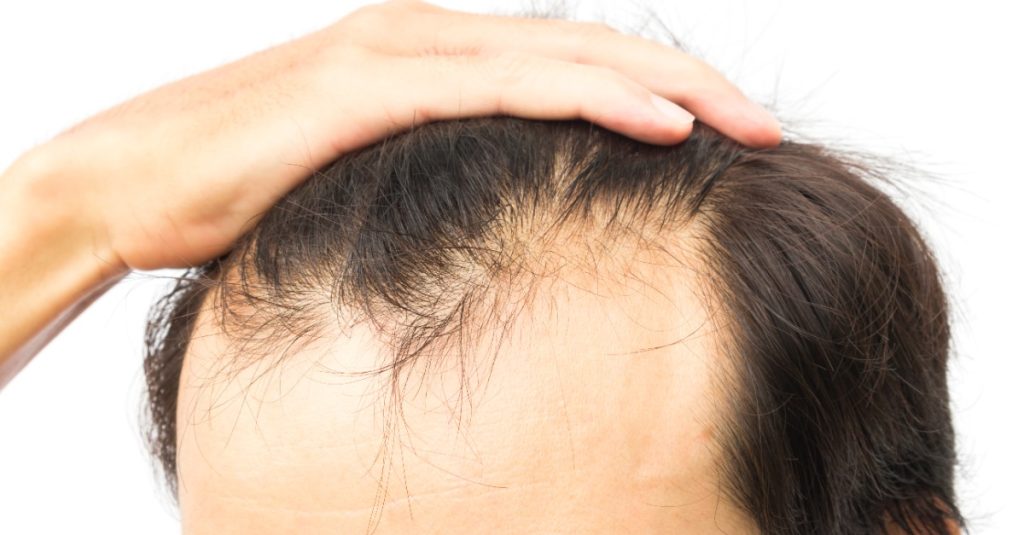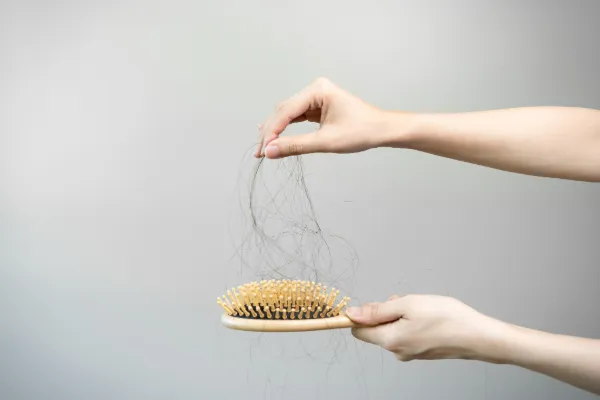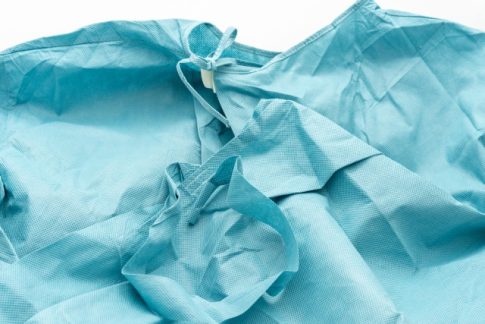この記事の概要
During the recovery period following hair transplant surgery, it is important to continuously monitor the effects of the treatment. Biofeedback is a technology that collects physiological data from the body in real time and provides feedback to the patient. This technology can be used to objectively evaluate the effectiveness of hair transplant treatment and provide useful information for optimal care. This article details the use of biofeedback to monitor treatment efficacy after hair transplant surgery.
What is Biofeedback?
Biofeedback is a technique that monitors the body’s physiological data and provides real-time feedback to patients, allowing them to understand their own physical condition and take appropriate measures. After hair transplant surgery, biofeedback is useful for monitoring scalp health, stress levels, etc.
The Effects of Biofeedback
1. Monitoring scalp health
Using biofeedback, you can monitor your scalp’s temperature, humidity, blood flow, and other parameters to understand the health of your scalp.
Scalp temperature: Checking that the scalp temperature is maintained properly allows us to assess the state of blood flow and the presence or absence of inflammation.
Scalp Humidity: Monitor humidity to prevent dry scalp and excess oil production.
2. Manage your stress levels
Stress can affect your recovery after hair transplant surgery, so use biofeedback to help you manage your stress levels and take appropriate action.
Heart Rate Variability: Monitor your heart rate variability to assess your stress levels and determine when to incorporate relaxation techniques.
Galvanic Skin Response: Measures changes in the electrical resistance of the skin to gauge levels of stress or tension.
3. Check your recovery progress
Treatment progress will be monitored regularly and any necessary adjustments will be made.
Hair Growth: After your hair transplant surgery, we will keep a regular record of your hair growth to ensure that you are getting the results you expect.
Scalp Status: We will continually monitor the health of your scalp to assess whether recovery is progressing smoothly.
How to Use Biofeedback
1. Selecting a Biofeedback Device
Select and use appropriate biofeedback devices.
Wearable devices: Wearable devices can monitor heart rate, galvanic skin response, body temperature, etc. in real time. Examples include Fitbit and Apple Watch.
Dedicated biofeedback devices: Dedicated biofeedback devices that measure scalp temperature and humidity are also available.
2. Data collection and analysis
The collected data will be analyzed to evaluate the effectiveness of treatment.
Data recording: Record data regularly to monitor treatment progress.
Analysis software: We use specialized analysis software to analyze the collected data in detail, allowing us to identify trends in treatment outcomes and areas for improvement.
3. Collaboration with experts
Based on biofeedback data, we work with experts to optimize treatment outcomes.
Regular follow-up: We will follow up with the experts on a regular basis and share the data we collect, so that any necessary adjustments can be made promptly.
Personalized advice: Get personalized advice from our experts and implement effective care methods.

Specific examples of biofeedback use
1. Heart Rate Variability Monitoring for Stress Management
Heart rate variability (HRV) is an important indicator for assessing stress levels. Use biofeedback equipment to monitor your HRV and incorporate relaxation techniques.
Real-time feedback: See your heart rate variability data in real time and practice relaxation techniques if you feel stressed.
Analyze trends: Analyze your heart rate variability trends to understand changes in your stress levels.
2. Monitoring scalp health
Evaluates scalp health by monitoring scalp temperature and humidity.
Temperature monitoring: Monitor the scalp temperature to ensure good blood circulation. If there is any abnormality, consult a professional.
Humidity monitoring: Monitors scalp moisture to prevent dryness and excess sebum production.
3. Record your hair growth
The hair growth status after the hair transplant surgery will be recorded regularly to evaluate the effectiveness of the treatment.
Photographic Recording: Photographs of your scalp are taken periodically to visually monitor hair growth.
Data analysis: Using specialized analysis software, hair growth status is analyzed in detail.
Summary
Biofeedback is a very effective tool for monitoring the outcome of hair transplant surgery and providing optimal care. It allows you to monitor your scalp health, stress levels, and hair growth in real time, and collaborate with a specialist to optimize your treatment. By choosing the right biofeedback device and regularly collecting and analyzing data, you can achieve a comfortable recovery period and the desired results.








